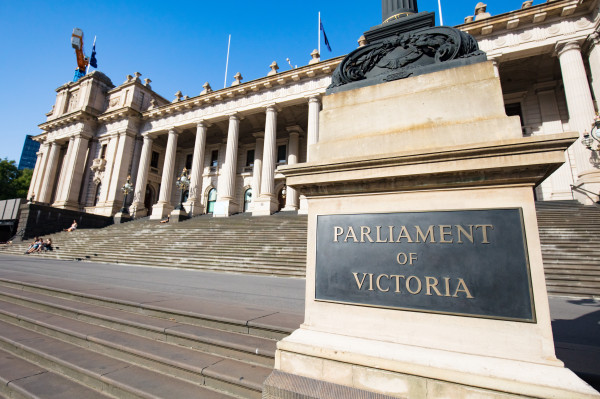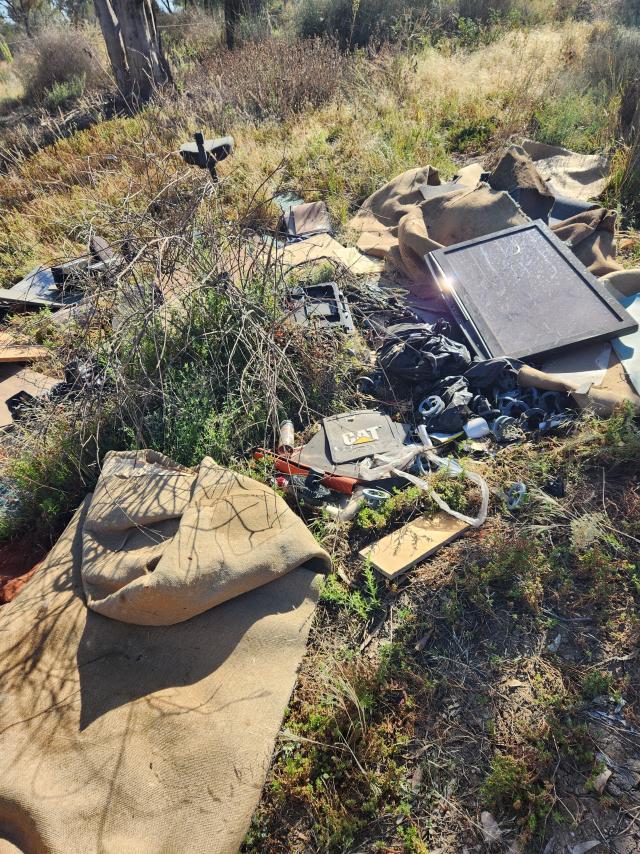I suggested she “throw the numbers at her fellow pollies” and let them see whether they thought the current system was fair to home owners in city and country regions.
At the time, I wrote:
While pollies are likely to throw the issue of council rates in the too-hard basket, particularly those who live in and around Melbourne, it’s time regional MPs collectively fought for a fairer way.
They have to get the rates issue on the government agenda and keep it there until meaningful change happens.
Last week Ms Cupper put the issue of rates squarely on the table, demanding the system change. This week, she took her fight a step further by joining political forces with Upper House member Fiona Patten, understanding that the Upper House is where policy change occurs.
The two have formed their own coalition of sorts in a bold, if not unprecedented, power play.
Will it work? Time will tell. But it’s a further demonstration that Ms Cupper is, to coin her own well-tried catchphrase, “changing the game” in the way politics is played, and not just in Mildura.
The rates issue is a good place for this newly formed alliance to pick a fight.
Why? Because the numbers don’t lie and the inequity is jaw-dropping.
Take, for instance, the difference between myself and my city-slicker sister.
My sister’s house in Box Hill is more than double the value of our house in the Mildura electorate, yet she pays about half the rates we do.
It’s wrong, surely? Twice the value, half the rates?
It’s as if our rates bills were mixed up in the mail. But that is a common example of the glaring inequity.
Rates are essentially a tax to pay for government services, yet they are calculated differently for every council, which is where regional and rural Victorians get stung.
The councils governing Melbourne suburbs like Box Hill generate a higher rate base, given their high-density populations, yet they have a far smaller area to govern. There are fewer parks, gardens and roads to maintain, their garbage trucks don’t have to travel too far, either, which means less time, fewer staff, less money.
So these suburban councils win both ways – they have a high rate base to draw from and not much to spend those rates on.
In comparison, rural councils like Mildura have a low-density rate base to draw from with a far, far greater area to maintain. They have bins to pick up and pools to service in outback towns like Murrayville. It’s a lose-lose situation for them.
Local residents often attack Mildura Council for having such high rates, but it’s the system that is flawed. How can they compete on a playing field that is not level?
There needs to be a more equitable system across the state that essentially taxes all the same way.
Ms Cupper, who as Mildura’s former deputy mayor has a grasp on the rates system, said the city-country inequity stemmed from how the State Government distributed federal assistance grants to councils.
“With this process, there is a weighting attached to socioeconomic disadvantage and isolation,” Ms Cupper said. “But that weighting isn’t strong.
“So if you tweaked that setting, what you would find is that the increase to ratepayers in the city would be negligible – but it would have a huge impact (for ratepayer savings) in the regions.”
My hope is that other regional MPs join Ms Cupper’s fight on the rates issue, which has long been a bugbear of everyone in this community.
If politics is all about numbers, then MPs across the state need to put their political allegiances aside, crunch the rates comparison between city and country folk, and see whether they add up.








